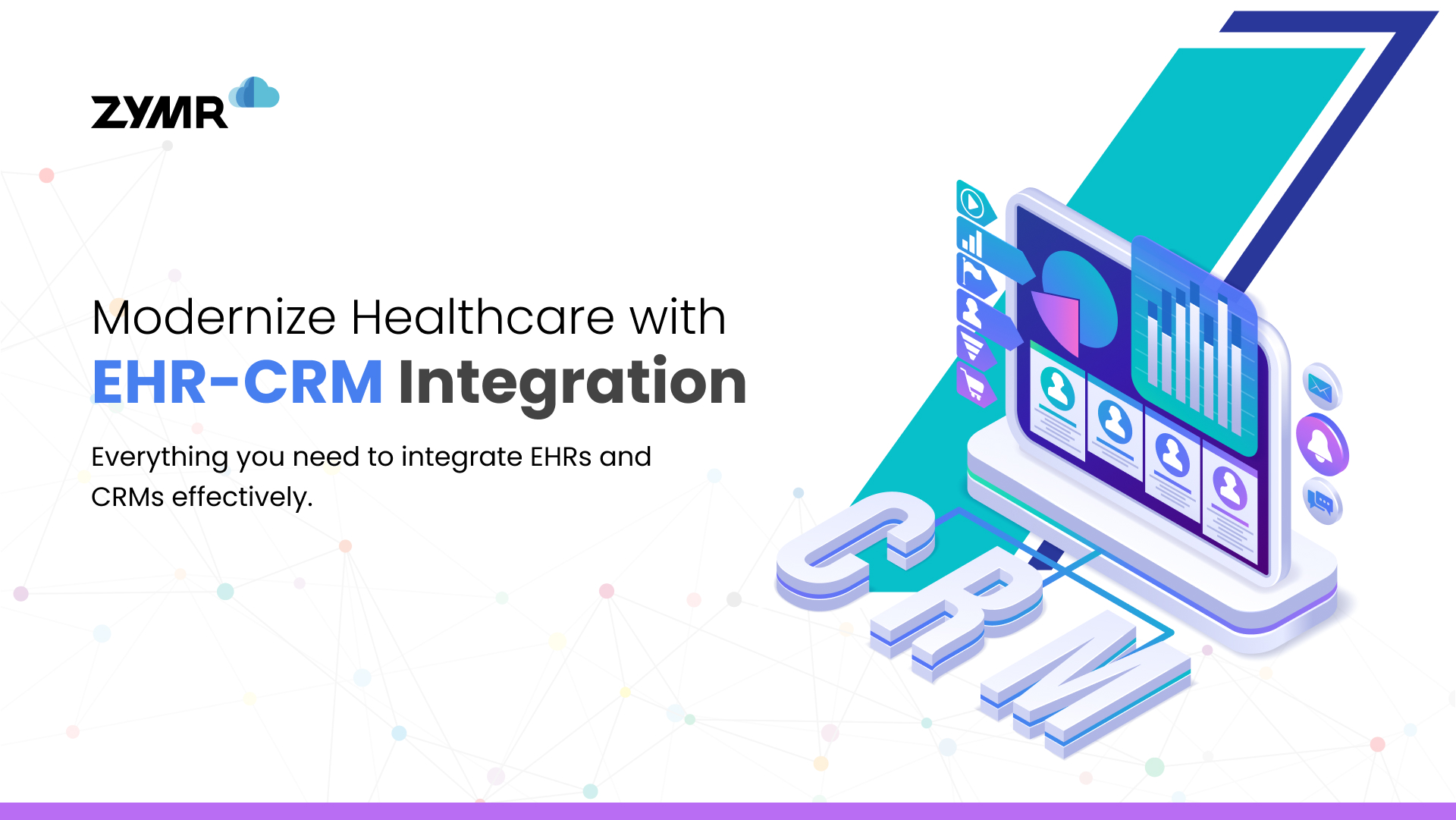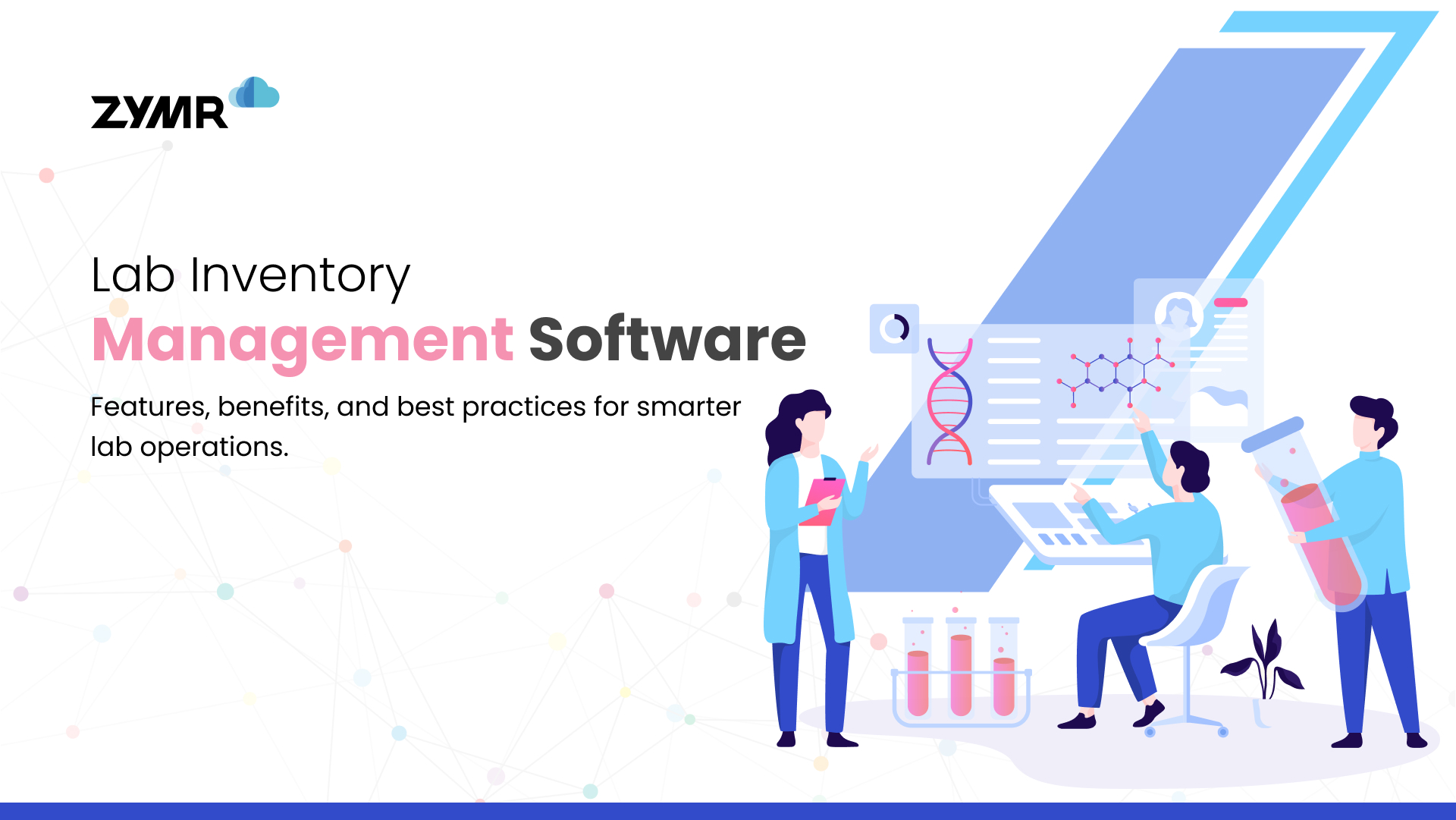DevOps Readiness Audit: A Step-by-Step Guide for IT Teams

Jay Kumbhani
AVP of Engineering
August 18, 2025
Is your IT department prepared to implement DevOps? Assessing your current situation before implementing automation and CI/CD pipelines is crucial. A DevOps Readiness Audit can help with that. Consider it your strategic checkpoint, an evaluation that enables you to identify bottlenecks, bring stakeholders together, and create a strong basis for a successful DevOps deployment.
Today's world is changing faster than ever, and nearly every company is turning to DevOps for the ongoing integration of software development and operations in general. However, achieving this requires more than just implementing tools and technology; in the end, a strategic and practical readiness strategy is needed.
This guide breaks down the what, why, and how of a DevOps readiness audit, along with actionable insights and tools to help IT teams move forward with clarity and confidence.
What is a DevOps Readiness Audit?
A DevOps Readiness Audit is a structured evaluation to determine how prepared your organization is to scale or adopt DevOps practices. This audit provides a clear-eyed perspective of your maturity, capabilities, and bottlenecks, preventing you from blindly embracing DevOps tools or methods. This method ensures that your transformation efforts have a strong foundation.
At its core, a DevOps readiness audit evaluates how well your company aligns with the five major dimensions of the CALMS framework.
- Culture –How well do your development, operations, quality assurance, and security teams work together? Is there a mindset of mutual knowledge sharing and shared accountability?
- Automation – How automated are your infrastructure provisioning, software development, tests, and deployments?
- Lean Processes – How efficient are your processes? Are you optimising time to value and reducing waste?
- Measurement – Are data like deployment frequency, failure rate, and MTTR visible to you in real time?
- Sharing – Is information openly exchanged across stakeholders and teams?
What does a typical audit look like?
A thorough DevOps Readiness Audit looks at many aspects of technology, teams, and procedures. The following are the main areas of focus that aid in assessing how ready your company is for a successful DevOps transformation:
- Team collaboration and cultural diagnostics: This assessment examines how well the teams in charge of development, operations, quality assurance, and security collaborate and divide responsibilities. It also looks into leadership buy-in, silo presence, and resistance to change.
- Software development lifecycle (SDLC) maturity: evaluates the effectiveness, consistency, and agility of your present development methods.
- CI/CD implementation status: Measures how well integrated and automated your pipeline is.
- Infrastructure provisioning and configuration management: Examines the application of environment consistency and infrastructure-as-code techniques.
- Security integration (DevSecOps): This section looks at how security checks are incorporated into the pipeline to move to the left and minimise vulnerabilities early.
Organisations can prioritize their transformation activities by mapping these areas to a maturity scale and finding actionable gaps.
A DevOps readiness audit can benefit organisations just beginning their DevOps journey. Teams already implementing DevOps can use it to find technological debt, realign teams with changing business objectives, and efficiently scale operations. It's the crucial first step in creating a successful DevOps roadmap.
Benefits of Conducting a DevOps Readiness Audit
A DevOps Readiness Audit is a strategic enabler, establishing the foundation for a successful DevOps transformation. This is how it adds real value:
- Clarity of Baseline: Recognise your organisation's current state regarding process, technological, and cultural aspects. This clarity guarantees that your DevOps journey begins with well-informed decisions and helps you avoid making assumptions.
- Strategic Roadmapping:
The audit identifies strengths, weaknesses, and gaps, enabling you to build a phased, data-driven DevOps roadmap that aligns with your business goals and technology strategy. - Risk Mitigation: By identifying possible operations, security, or compliance weaknesses, you can take proactive measures to resolve problems before they become more serious during implementation.
- Toolchain Optimization: Assess your present DevOps technologies' integration, scalability, and suitability to prevent tool sprawl and inefficiencies. This may improve workflows and result in cost savings.
- Faster and Smoother Implementation: Audit insights can help teams implement automation more successfully, prioritise high-impact enhancements, and reduce trial-and-error, which frequently impedes DevOps performance.
- Improved Cross-Team Alignment: Audits promote shared ownership and cooperation, two essential tenets of DevOps culture, by providing visibility across development, operations, QA, and security teams.
- Foundation for Continuous Improvement: Frequent audits establish a feedback loop that fosters DevOps's continued maturity and adaptability to business developments.
Pro Tip: To translate your audit into action, explore our guide on building a practical DevOps implementation roadmap.
Step-by-Step DevOps Readiness Audit Framework
Conducting a DevOps Readiness Audit calls for a systematic, structured approach to guarantee accurate assessment and beneficial results. Here is a detailed framework that your IT team can follow.
1. Define Objectives and Scope
Establish specific goals for the audit before you start. You can align stakeholders on success by establishing what you want to evaluate, such as tools, workflows, culture, deployment frequency, etc. You can also audit your entire engineering organisation or a particular product team.
2. Evaluate Key DevOps Dimensions
Evaluate your company using the important DevOps pillars—Culture, Automation, Lean, Measurement, and Sharing—generally in line with the CALMS model. Score each section using a maturity scale (e.g., 1 to 5).
Collaboration: Are Dev, Ops, QA, and Security teams aligned and communicating well?
Automation: How mature are your CI/CD pipelines, infrastructure provisioning, and testing?
Monitoring & Feedback: Do you have observability into deployments, system health, and incidents?
Security: Are you integrating security early (shift-left)? Using automated checks?
Culture: Is there an experimentation, ownership, and continuous learning mindset?
Use this evaluation to uncover capability gaps and process inefficiencies.
Want to explore automation strategies and tools for this audit phase? Visit Mastering DevOps Automation.
3. Conduct Stakeholder Interviews
Speak with key development, operations, QA, and security team members. These discussions help identify underlying obstacles that surveys might miss, like unclear ownership, manual handoffs, or cultural resistance. Establish a secure environment for transparent feedback.
4. Analyze Toolchains and Workflows
Draw out the relationships between the tools you now use, such as Jenkins, GitLab, Docker, Terraform, etc. Find any inefficiencies or holes. To optimize your CI/CD pipeline, refer to Enhancing Your DevOps Toolchain.
5. Review Compliance, Security, and Governance Practices
A readiness audit should include DevSecOps procedures. It should examine how the development process incorporates security and how compliance standards (such as SOC 2, GDPR, and HIPAA) are handled. It should also check for audit trails, access control, secrets management, and automated scans.
If you haven't incorporated testing readiness yet, check out optimizing continuous testing for DevOps success.
6. Score and Document Findings
Combine the knowledge gained from the earlier stages to create a dashboard or visual report. Assign ratings to each area using a DevOps Maturity Model (such as CALMS or DORA) to help decision-makers understand strengths and weaknesses.
7. Build a DevOps Roadmap
Translate audit results into an actionable roadmap with short, medium, and long-term goals. Align this roadmap with business priorities, such as reducing lead time, increasing deployment frequency, or improving product reliability.
Need help with creating the roadmap? Our guide on DevOps implementation planning can help you map the next steps.
Common Challenges to Avoid During a DevOps Readiness Audit
Even with the best intentions, many organizations encounter pitfalls during a DevOps readiness audit that can compromise their accuracy, momentum, or business value. Awareness of these challenges helps ensure your audit is practical and actionable.
1. Ignoring Culture and Processes in Favour of Just Tools
One of the most frequent errors is reducing DevOps readiness to a list of tools. Toolchains are necessary but function well only in an environment with established procedures and a cooperative culture.
2. Absence of support from executives
If business leaders do not see the value of DevOps or consider the audit to be "just another technical exercise," deployment will stagnate, and audit results will frequently be unsupported by leadership.
3. Incomplete Stakeholder Participation
Critical viewpoints from QA, InfoSec, product, and operations are missed in an audit solely involving developers or DevOps engineers.
4. Considering the Audit as a One-Time task
Businesses that rely on one-time audits don't see lasting results. Your auditing procedure should evolve as your DevOps maturity.
5. Neglecting Compliance and Security Readiness
DevOps projects often consider security as an afterthought. A readiness audit that fails to evaluate DevSecOps processes leaves your pipelines non-compliant and insecure.
6. Not Taking Organisational Change Readiness Into Account
DevOps brings about changes in roles, responsibilities, and mentality. Even the most technically sophisticated DevOps initiatives could backfire if your organisation isn't prepared to handle that shift.
Tools to Help Conduct a DevOps Readiness Audit
How Zymr Helps You Achieve DevOps Readiness
We at Zymr understand that every company has a different DevOps path. For this reason, we view DevOps preparation as a strategic process based on in-depth technological and organisational analysis rather than merely a checklist.
1. Tailored DevOps Readiness Audit Framework
Zymr starts with a tailored DevOps Readiness Audit using tried-and-tested methods such as DORA Metrics and CALMS. Our consultants evaluate your company's current SDLC, security posture, automation state, and collaboration practices to provide a maturity scorecard representing its DevOps capabilities.
2. Contextual Discovery and Stakeholder Alignment
We use more than just surveys and forms. Zymr conducts in-depth interviews and working sessions with your engineering, QA, operations, and security teams. This aids in identifying organisational misalignments, collaboration gaps, and cultural impediments that frequently cause DevOps projects to fail before they start.
3. DevOps Toolchain and Process Analysis
Our experts thoroughly audit your current DevOps toolchain, including source control, CI/CD tools, infrastructure-as-code platforms, security tools, and observability stacks. We assist in locating tool sprawl, integration gaps, and opportunities to streamline and simplify processes. Explore how to optimize your CI/CD toolchain with expert guidance.
4. DevOps Maturity Benchmarking
Using our in-house maturity model, we categorize your DevOps readiness into actionable levels, such as Ad-hoc, Repeatable, Managed, or Optimized. This benchmarking allows you to set realistic goals and measure improvement over time.
5. Strategic DevOps Roadmap Development
Zymr assists you in creating a thorough, phased roadmap that synchronises DevOps enhancements with business objectives based on audit findings. This entails prioritising projects like environment provisioning, security integration, pipeline automation, and testing readiness.
You can also explore our framework for DevOps implementation planning for guidance on turning audit results into execution plans.
6. Advisory-Led Readiness Enablement
We enable, not just evaluate. Our consultants advise defining roles, compliance tactics, governance models, and center-of-excellence structures for long-term DevOps success. During this readiness phase, the groundwork for a seamless implementation is laid.
Once your organization is audit-ready, you can choose to extend your engagement with Zymr across:
- DevOps Automation Services: To implement CI/CD pipelines, infrastructure-as-code, and automated testing.
- Managed DevOps Services: This is for continuously running and optimizing your DevOps operations.
- DevOps Outsourcing: To scale engineering efforts with flexible, on-demand DevOps experts.
Conclusion
Completing a DevOps Readiness Audit is the first step in creating a high-performance engineering culture. With the right partners, such as Zymr, and a structured assessment, your IT staff can transition from reactive delivery to continuous innovation.
Are you prepared to evaluate your DevOps maturity? Let Zymr assist you in creating a plan to increase business value, resilience, and velocity.
Conclusion
FAQs
>
>
>
>
>
Have a specific concern bothering you?
Try our complimentary 2-week POV engagement
Our Latest Blogs

December 30, 2025
The Ultimate Guide to EHR-CRM Integration: Benefits, Use Cases & Best Practices


December 29, 2025





.svg)
.svg)
.svg)
.svg)
.svg)
.svg)
